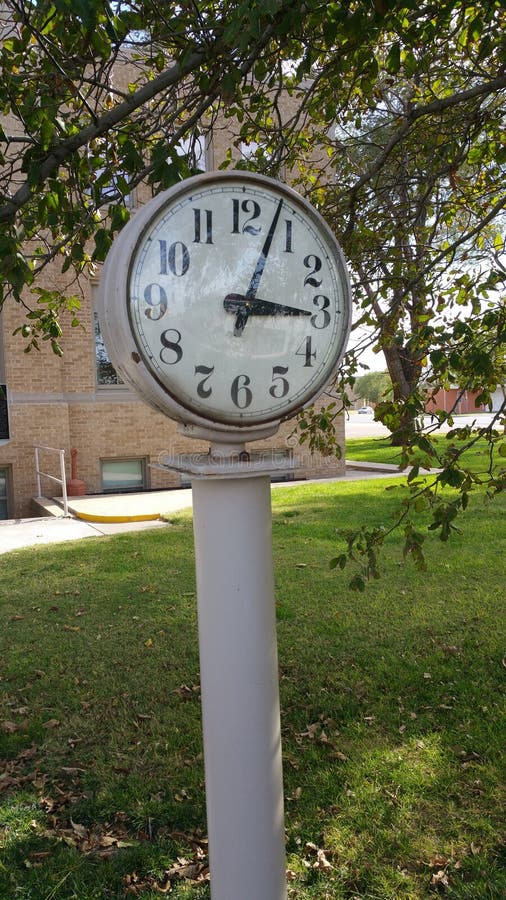
Triton, however, is a geologically young body. It is also changing since 1989 it has been warming and increasing in total mass and pressure.Īs with all solid planets and satellites, Triton's history is written into the geological record of its surface. Triton's atmosphere is dense enough to support clouds and hazes and to transport particles across Triton's surface. Yet, despite these frigid surface conditions, Voyager 2 discovered a thin atmosphere of nitrogen surrounding the satellite (14 μbar surface pressure, where 1 bar is the approximate surface pressure of the Earth's atmosphere).


This, combined with the satellite's distance from the Sun (30 AU), makes Triton's surface a very cold place (≈38 K). Ices comprise its reddish visible surface ( Figure 40.1), and the freshness of the ices cause Triton to be one of the most reflective bodies in the solar system (its total or Bond albedo is ≈0.85). It is a relatively dense world (close to 2 g/cm 3), rock rich, but with a substantial proportion of water and other ices. Triton is a relatively large moon (1352 km in radius), larger than all the midsize satellites of Saturn and Uranus (200–800 km in radius), but not quite as large as the biggest icy satellites-the Galilean satellites and Titan (1570–2630 km in radius). In the distant geological past, tides associated with Triton's capture may have strongly heated and transformed its interior.Īlthough Triton was discovered soon after Neptune, little was learned about it until the modern telescopic era, and even so, most of the information we have was acquired during the Voyager 2 encounter with Neptune in 1989. The combination of Neptune's axial tilt (29.6°) and Triton's inclined orbit gives Triton a complicated and extreme seasonal cycle. Consequently, one hemisphere of Triton permanently faces Neptune. Like nearly all solar system satellites, Triton has had its spin period increased by tides to be coincident with its orbital period and these effects have also shifted its spin axis to be nearly perpendicular to its orbital plane. A new, small regular satellite was discovered in 2004 between Larissa and Proteus. The apparent crossing of Nereid's and Triton's orbits is an artifact of the projection.

All the satellites have virtually circular orbits except for Nereid.

They orbit in Neptune's equatorial plane, while the much more massive Triton circles outside them in an inclined, retrograde orbit. N3/N4/N5/N6 are Despina/Galatea/Thalassa/Naiad. The innermost satellites are all relatively small and were not discovered until Voyager 2 passed through the Neptune system. Shown is a perspective view along a line of sight inclined 18° to Neptune's equatorial plane. Orbits of Neptune's family of satellites, except distant irregulars.


 0 kommentar(er)
0 kommentar(er)
